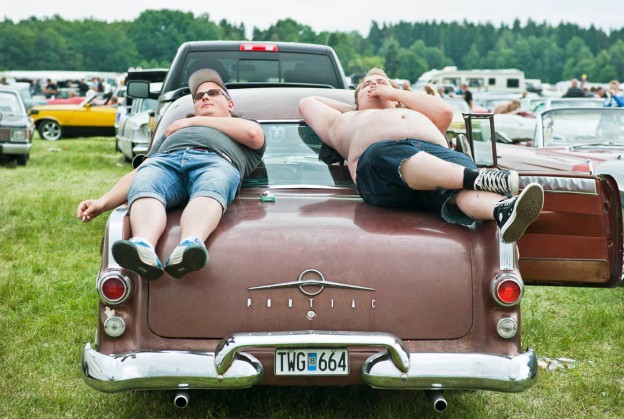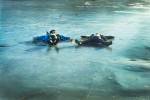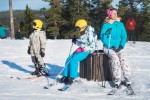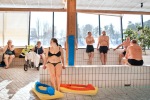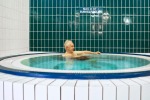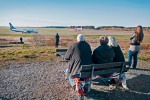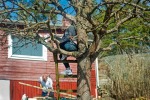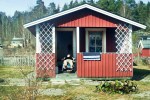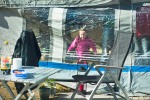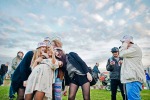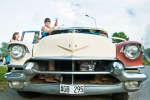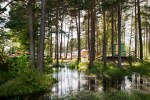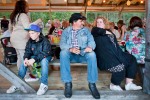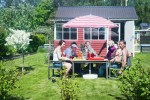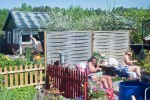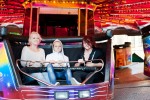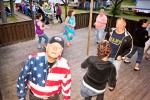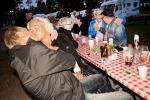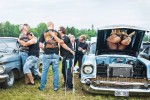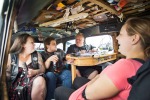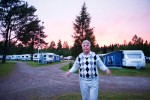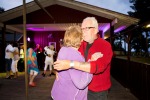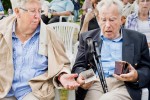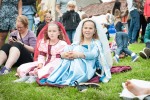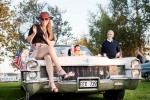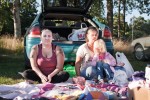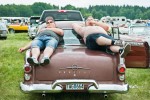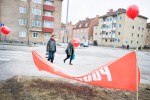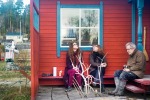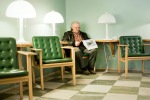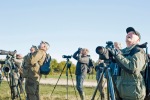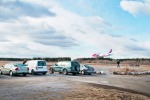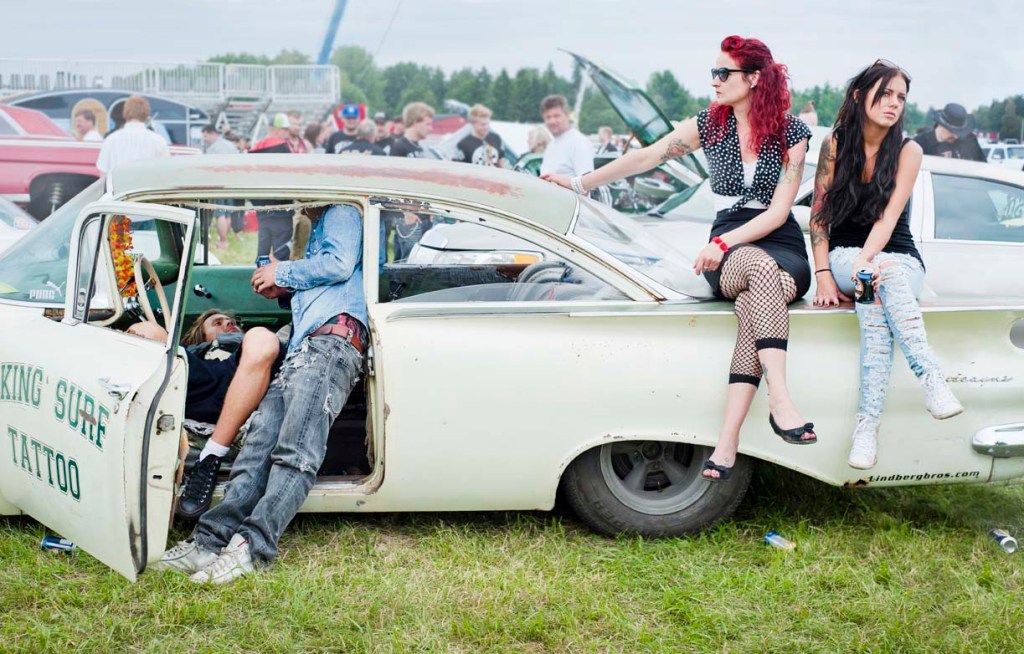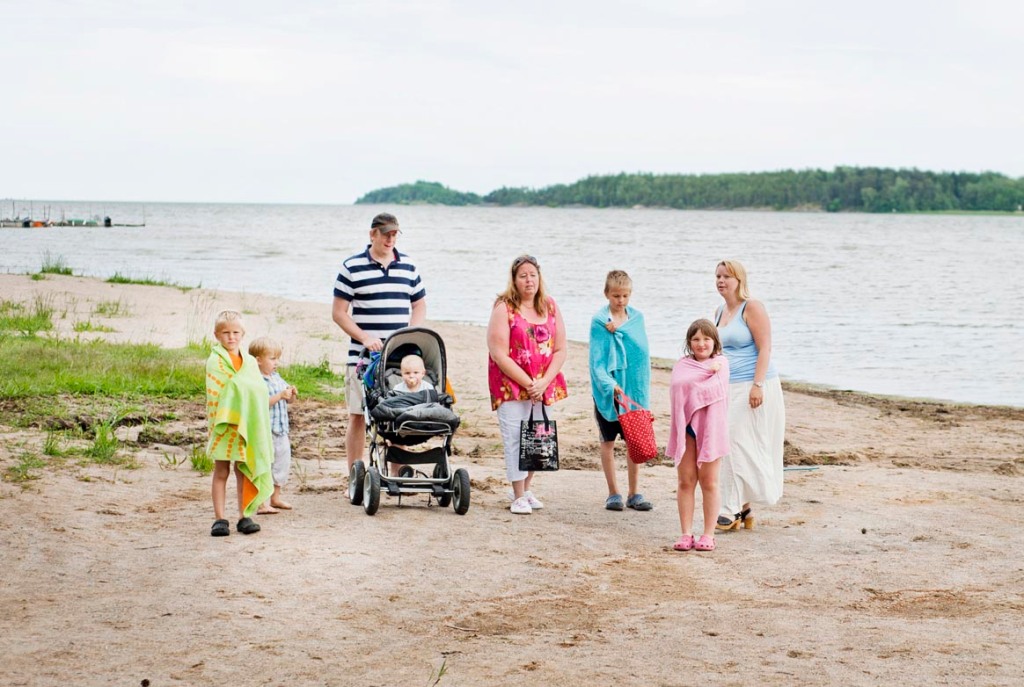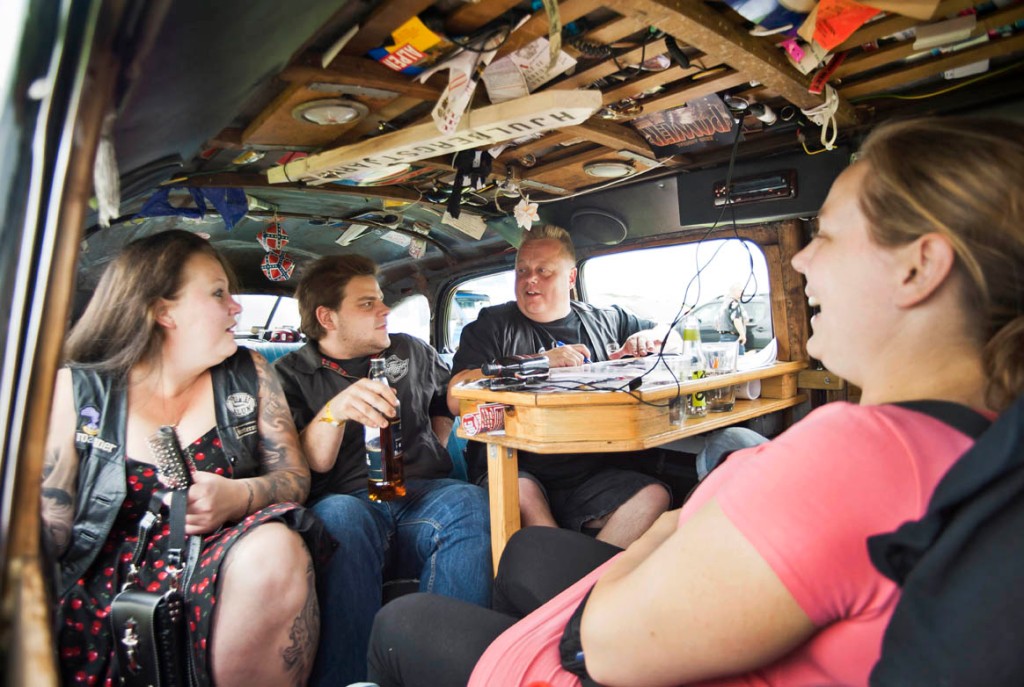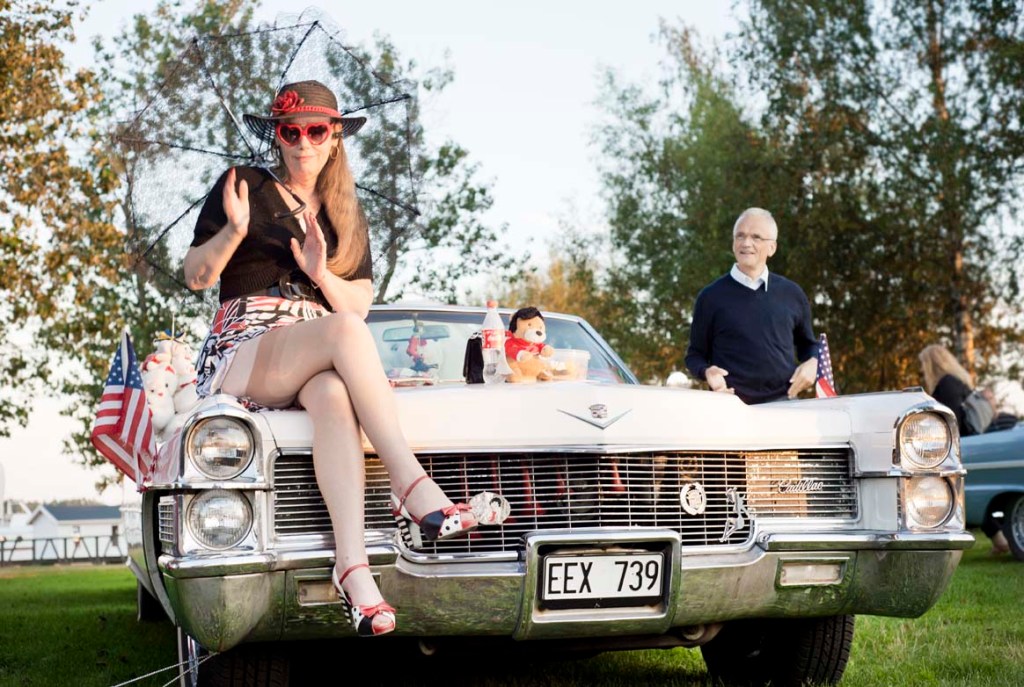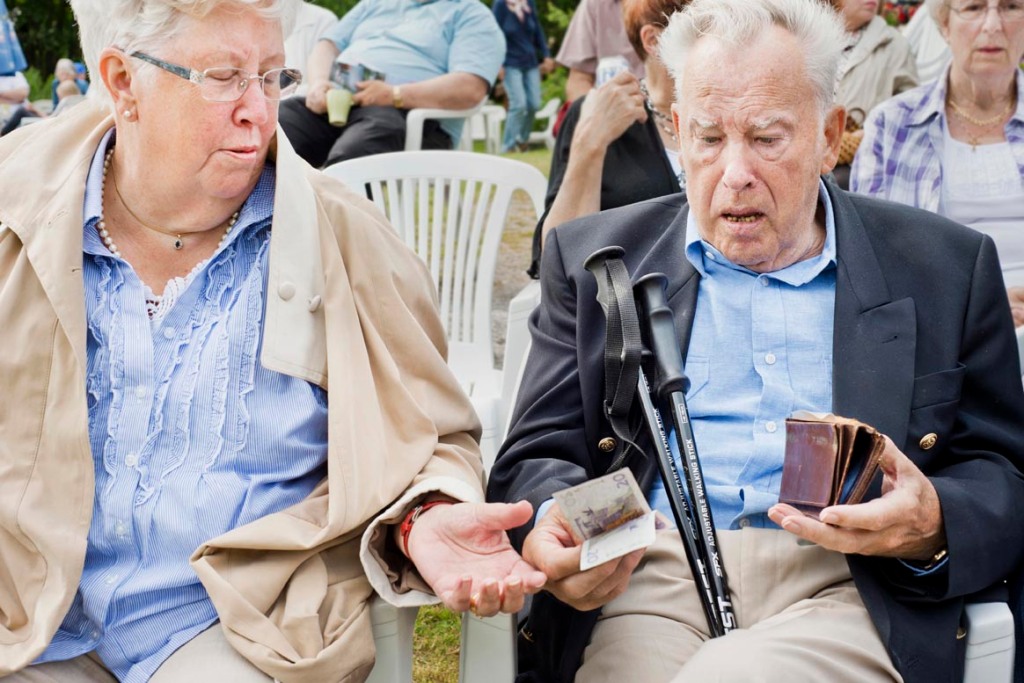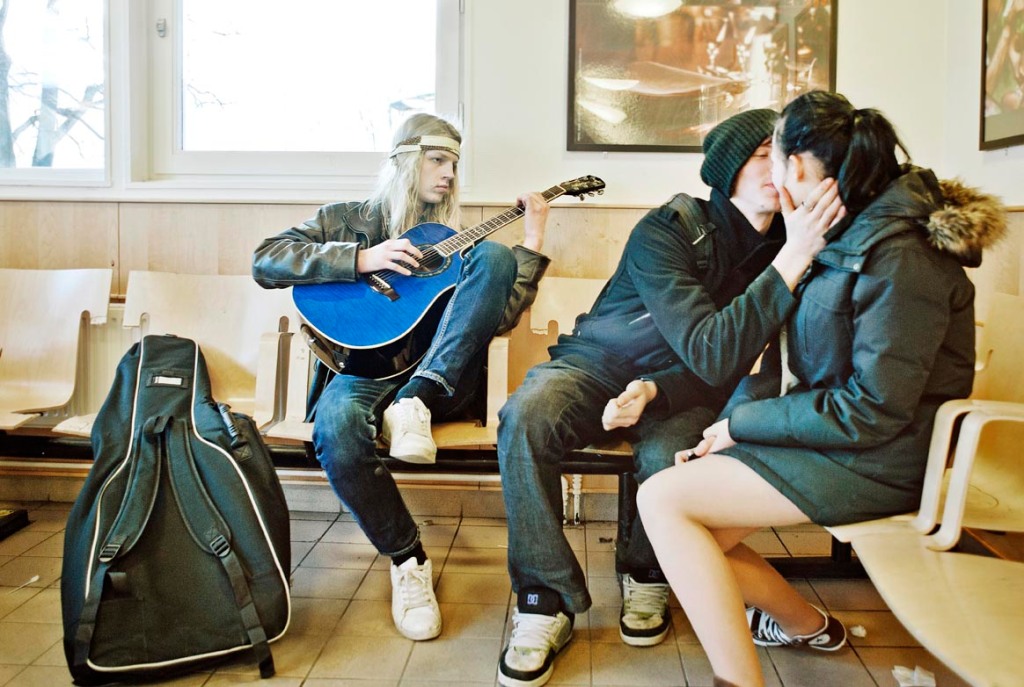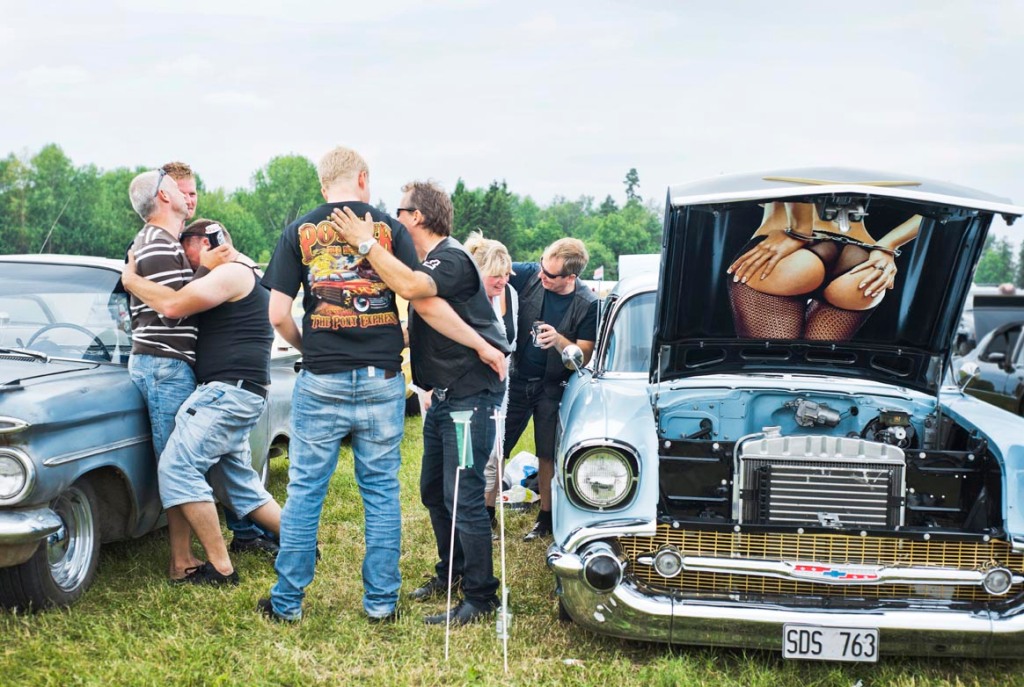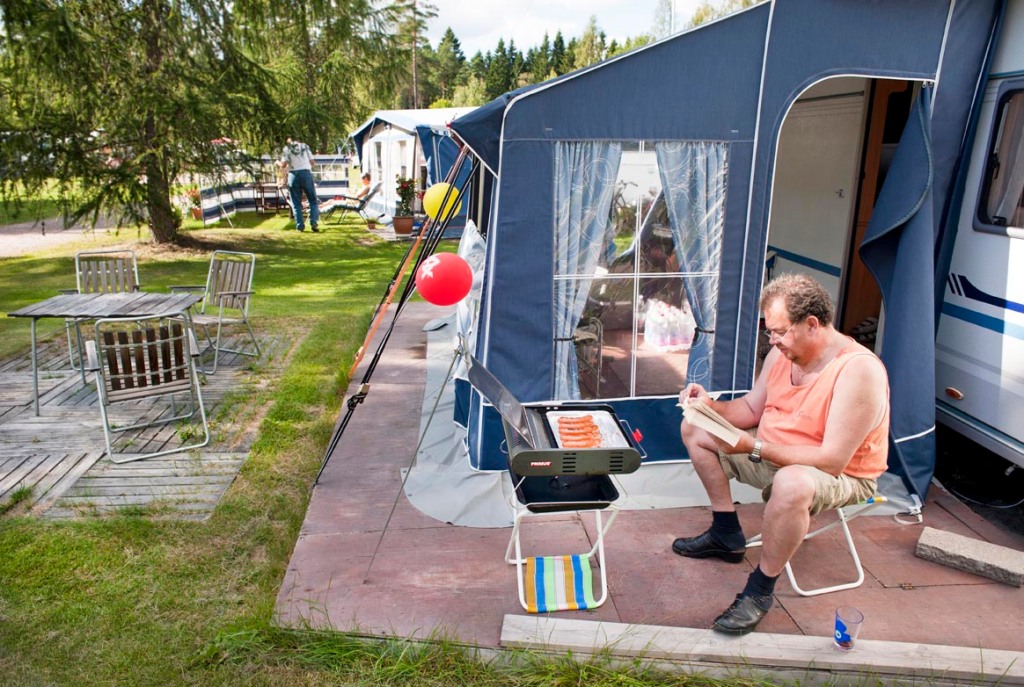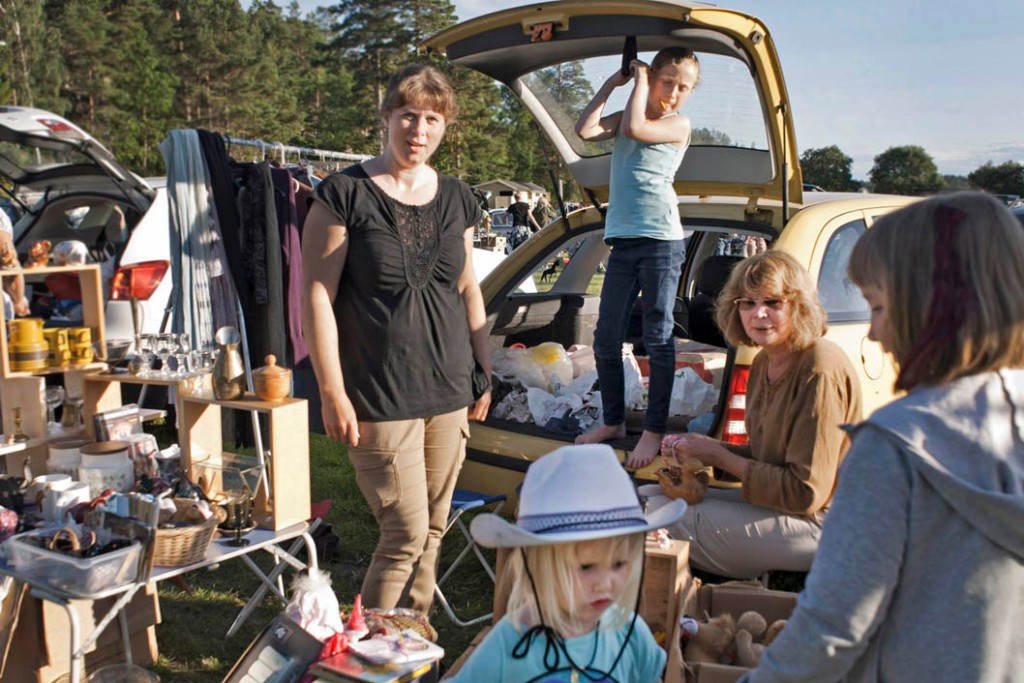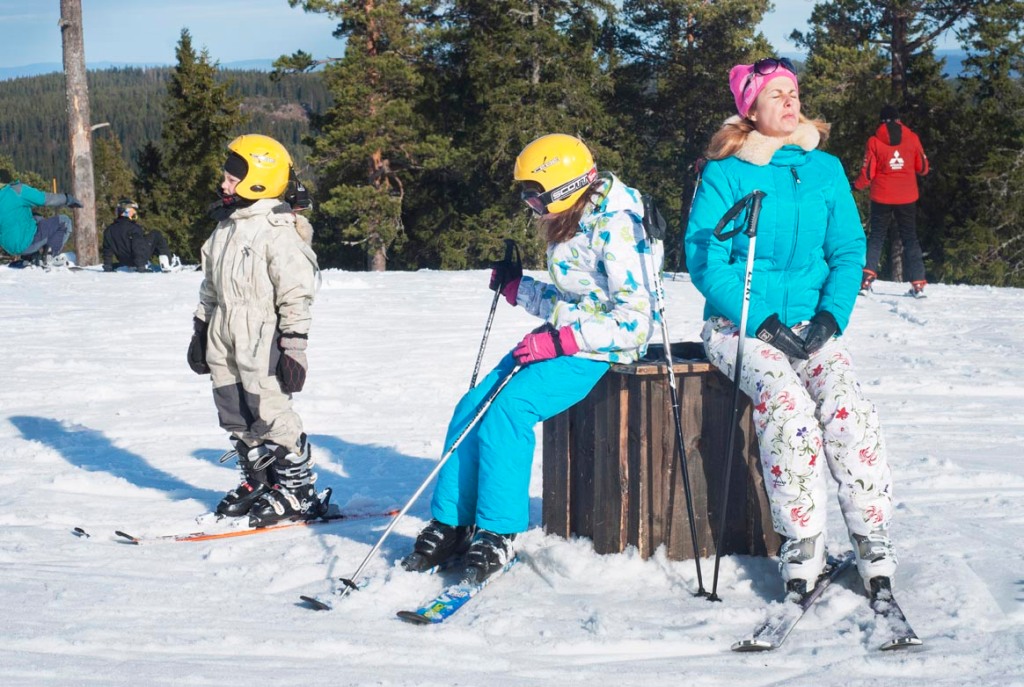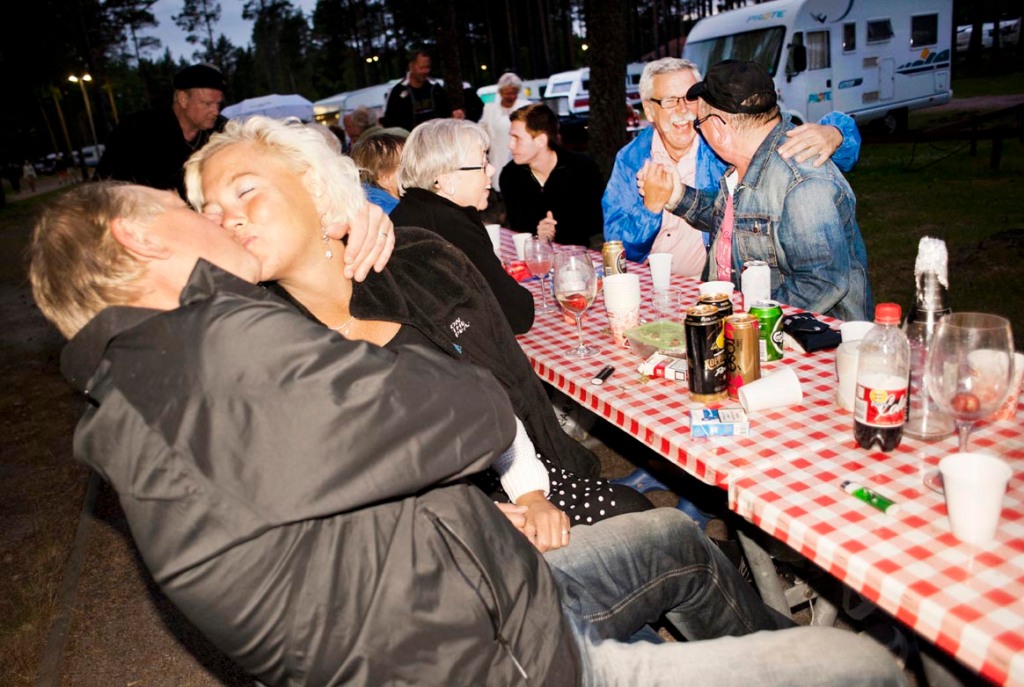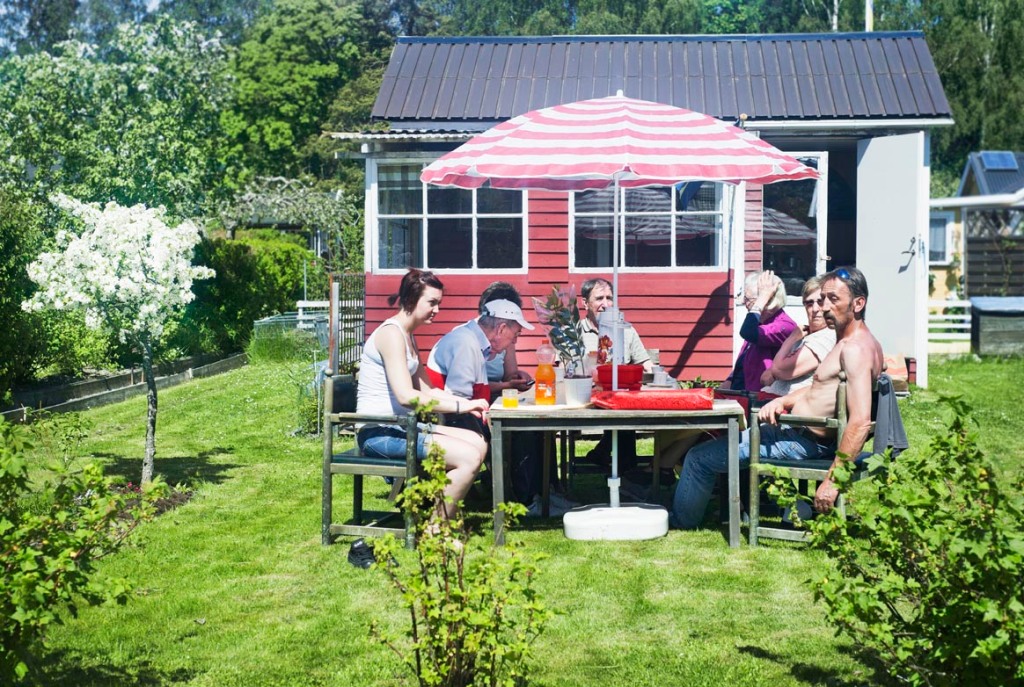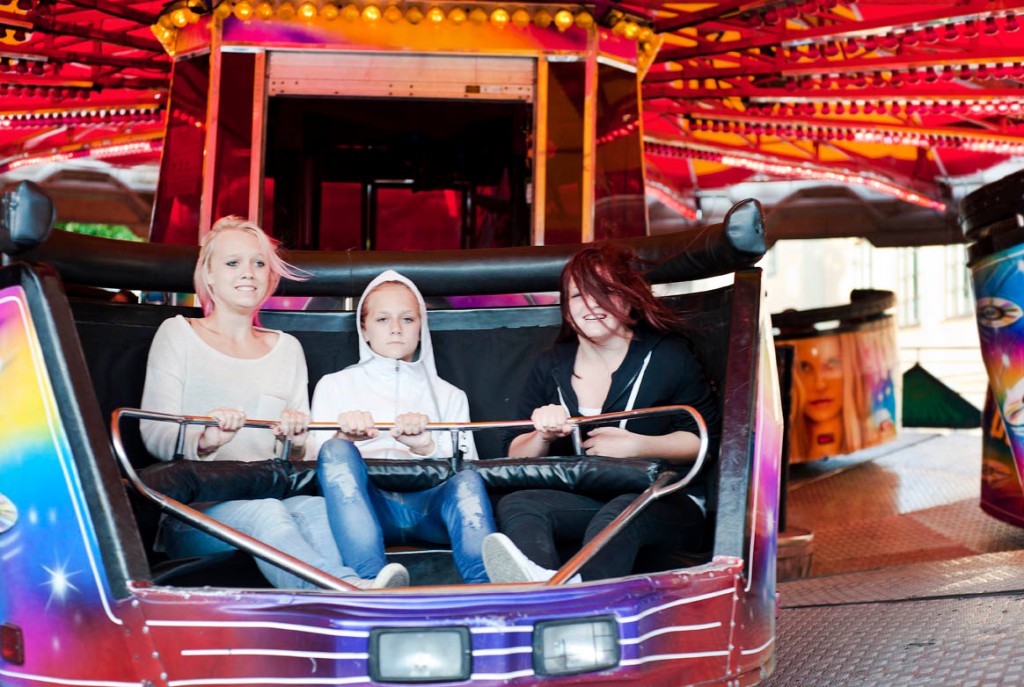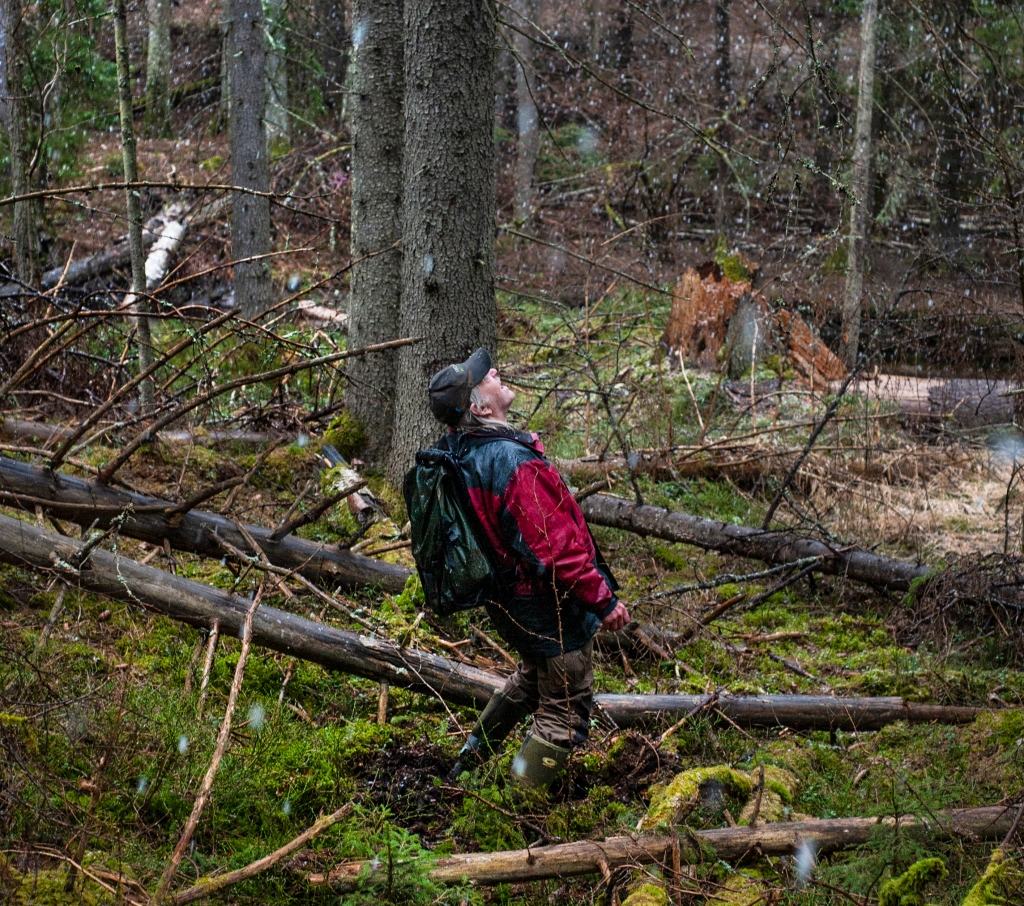
Vad händer med svenska skogar? Finns det en framtid för svensk naturskog och alla arter som är beroende av de gamla skogarna? Faktum är att det finns väldigt lite gammelskog kvar och behöver skyddas innan den försvinner helt. Tillsammans med de arterna som trivs att bo där.
Det är femte gången skogsgruppen träffas för att lära mer om skyddade och signalarter, som fungerar som indikatorer när man söker urskilja skog med höga naturvärden. Vi möts på en grusparkering nära Simonsberget, några mil söder om Nyköping. Idag ska vi till en skogsdel som är avverkningsanmält och se om vi hittar några naturvärden. Solen skiner och vi inväntar tills alla samlas. Bo Karlsson öppnar sin bilbaklucka och plockar fram böcker om skogsarter. Några av dem stoppar han i sin mörkgröna ryggsäck och sätter den sedan på ryggen, samtidigt skojar han om att det kan bli tungt att bära med dem alla.
Vi ger oss iväg till skogen som ligger på andra sidan av vägen. Efter några hundra meter kliver vi in i en skog som huvudsakligen består av storväxta gran, där finns inga andra större växter, förutom mossa och blåbärsris. Bo Karlsson pekar upp sin grågröna Abisko keps, ser sig om och konstaterar att här kommer vi inte hitta några naturvärden. Bo har jobbat nästan hela sitt liv i skogen och är en kunnig skogsinventerare. Han noterar att skogen är ungefär sexti, sjutti år gammal och är en typisk produktionsskog.
Vi har hamnat i en planterat skog, i dagligt tal kallad trädplantage, som oftast dominerar av enstak träslag. Sådana monokulturer hyser väldigt få arter eftersom de saknar de element som finns i naturskogar såsom grova gamla träd, död ved och olika vegetationsskikt.
– Alla skogar med variation i trädslag och ålder är värdefulla i södra och mellersta Sverige. Granodling däremot är förödande. Monokultur skapar problem och sjukdomar, exempelvis granbarkborrar. Därför är en blandning av skogsträd mer gynnsamt att behålla, säger Stefan Silfverblad, projektledare för ”Åtgärdsprogram för hotade arter” i Länsstyrelsen i Södermanlands län.
Sedan 1950 har ca 60 % av Sveriges produktiva skogsmark blivit kalhyggen och omvandlats till produktionsskogar. Idag finns det väldig lite skog som är äldre än 140 år kvar. Skogslandskapet ser ut som en lapptäcke av kalhygge och trädplantage, och små delar av äldre skog. Sådan skogsfragmentering är ett allvarlig hot mot skogens biologiska mångfald, populationer skiljs åt och isoleras från varandra.
Vi fortsätter upp längs en stenig backe, där växer några äldre tallar och en blandning av mindre lövträd. Där hittar vi mossornas och lavarnas miniparadis. Bo tar fram sin lupp och böjer sig på knä vid en stenig kulle. Han lutar sig fram mot en liten grupp av brun mossa och sätter en inbyggd lampa på luppen för att inte missa alla detaljerna…” Lång fransmossa” – fastställer han.
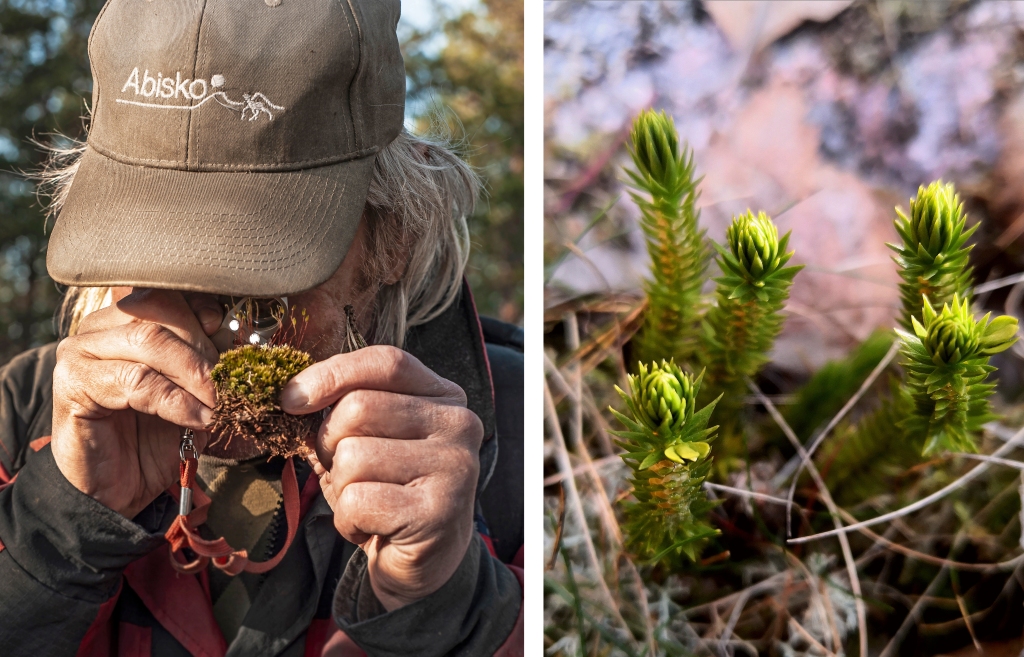
Ofta krävs det att man studerar en knappt millimeterstora bladen för att vara säker på vilken mossa det är. Bladens form och huruvida det har nerv, hårludd och struktur är viktiga karaktärer. Lopplummer, foto till höger.
På samma stenkulle ser vi de röda topparna av Kochenillav, precis bredvid växer en familj av ljusgrå pudergrön Bägarlav. På skuggiga delen av stenpartiet hittar vi Filtlav som har fäst sina små taggar i Husmossa. På solsidan ser vi vitt hav av bulliga Fönsterlav, där emellan sträcker en grupp av spetsig Stängellav ut sig. Till slut hittar vi även en rödlistad art som heter Lopplummer, som syns tydligt vare sina ljusgröna blad. De loppliknande groddknopparna ‘hoppar iväg’ då de berörs kan också ha givit den namnet. Det här gänget av arter kommer säkerligen inte att överleva skogsavverkningen.
I de svenska skogarna finns över 6000 arter knutna till död ved. Den största anledningen till att de rödlistade arterna ökar i Sverige är att andelen naturskog minskar då den avverkas och övergår till produktionsskog. Detta på grund av att gamla träd och grov död ved försvinner. Döda stammarna bryts långsamt ner och skapar hem för många organismer de myllrar av nytt liv. Förmultnande stubbar och stockar utgör en viktig biotop för otaliga växter, svampar, fåglar och däggdjur som finns inte på andra platser. Därifrån kommer uttrycket: “död ved lever”.

Orörd och omväxlande Tyrestaskog med flerhundraåriga tallar, högvuxna granar och död ved. Urskogsstigen i Tyresta nationalpark.
Flera helger i rad har vi varit i naturreservat där äldre skog och mångfald finns kvar. I sådana skogar brukar det finnas gott om död ved, både liggande och stående. Där hittade vi flera skyddade arter, bland annat Knärot, Ryn, Bombmurkla, Blåmossa och Skogssidenmossa. På ett dött stående hasselträd finner vi ett gäng av Kantarellmussling, en sällsynt svampart. Lokaliserade arterna rapporterar Bo Karlsson till Artportalen. Där samlas fakta om arter i olika områdena, då alla kan hjälpa till med att tala om båda sällsynta och vanliga arter.
Mer gammelskog borde skyddas än avverkas.
Stefan Silfverblad berättar att EU arbetar med en målbild för skogen där 30 % skyddas för bevarandet av biologisk mångfald. Och tillägger att det finns internationella forskare och ekologer som hävdar att behovet av skydd egentligen är ännu större och att minst hälften av all natur behöver bevaras för att rädda den biologiska mångfalden.
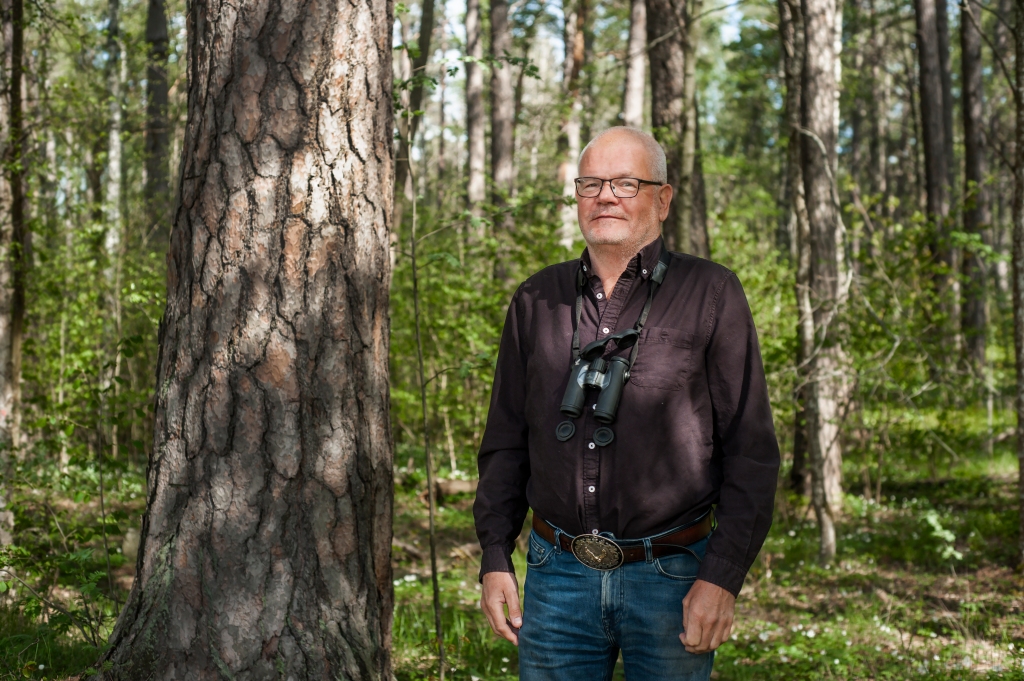
Stefan Silfverblad.
Vi fortsätter vår vandring nedför backen. På andra sidan får vi utsikt över ett brunt fält där dungar, träd, stigar är borta. Området efter kalhygge ser ut som ett fältslag har skett, som att en stridsvagn har kört fram och röjt upp i skogen. Överkörda grenar och trädstubbar ligger som sönderrivna kroppsdelar på den frästa jorden.
– Det har avverkats hårt de senaste åren och arternas antal har minskat väldigt kraftigt. Enbart i de skyddade områdena finns de arterna kvar som fanns från början, säger Bo Karlsson.
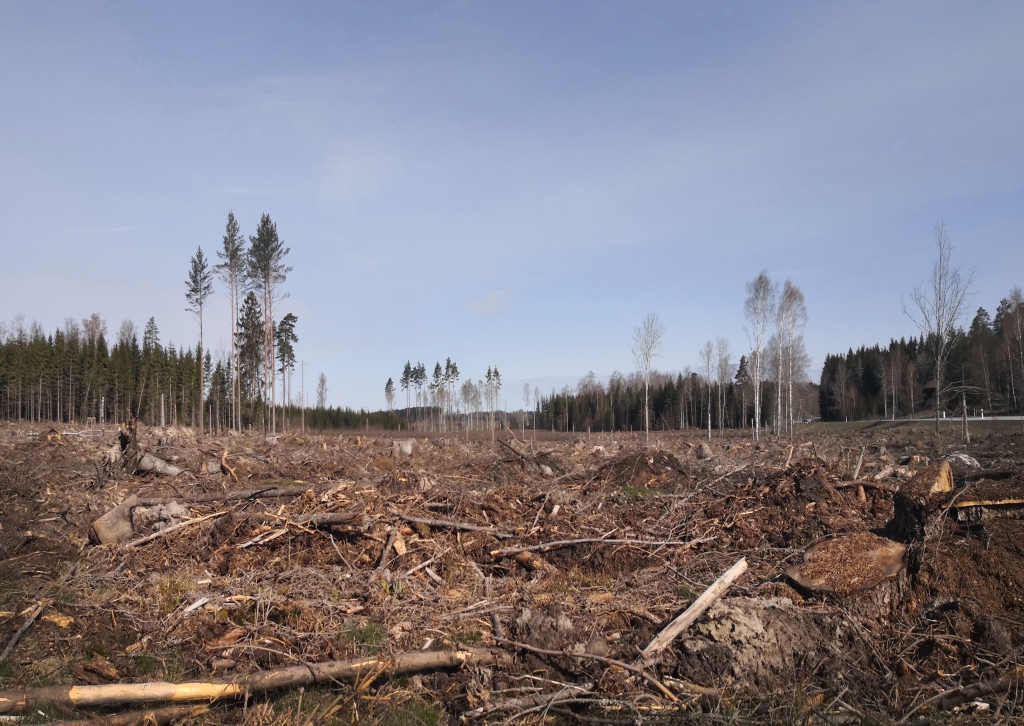
Kalhygge. Södermanlands län.
Våra sista gammelskogar, och arterna som är beroende av dem, kämpar idag för sin överlevnad. Skogsstyrelsen årligen tar emot ca 60 000 anmälningar om avverkning. Majoriteten av de anmälda avverkningarna som utförs avverkas genom kalhyggen, som är det största hotet mot de rödlistade och hotade skogsarterna. I gammelskogens mark ligger dessutom stora mängder kol, näring och tungmetaller lagrade. Vid kalavverkning och markberedning frigörs de från marken och släpps de i grundvatten.
– För att gamla skogar och dess arter ska överleva behövs det samlade insatser, mellan formellt skydd, frivilligt skydd och hänsyn i skogsbruket, de tillsammans måste vara tillräckligt bra. Det kan man kalla för en grön infrastruktur. Vi kan bara lyckas genom att arbeta tillsammans, säger Stefan Silfverblad.
Det finns stöd och bidrag till åtgärder och insatser för att nå miljömålen. Till exempel bidrag till stängsling av områden för att utveckla nya ädellövskogar.
– Komet-programmet är ett sätt att skydda områden med höga naturvärden, rekommenderar Stefan. Privata skogsägare kan föreslå skogsområden med naturvärden för formellt skydd. Länsstyrelsen gör då en bedömning och om de finner området skyddsvärt kan det bli ett naturreservat. Skogsägaren får då en kompensation med upp till 125 % av skogsvärdet samt förstås tillfredsställelsen att bevara en levande skog för all framtid, berättar Stefan.
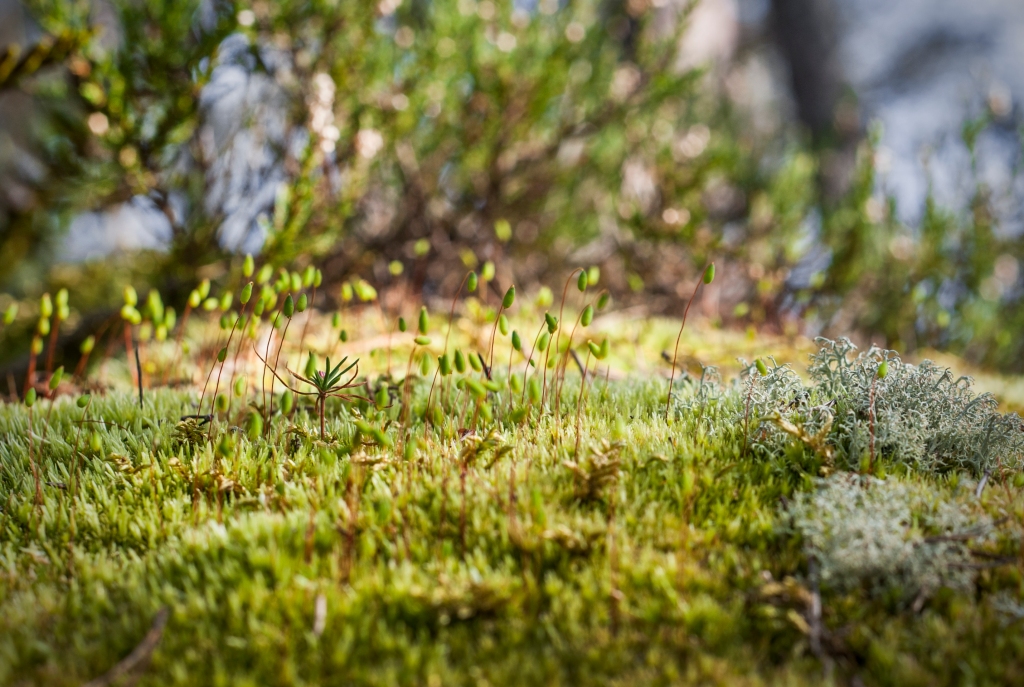
Blåmossa kudde med sporkapslar, en rödlistad art.
Under skogsgruppens vandringar har vi upptäck massor av vackra arter som man lägger inte märke till när man tar en skogspromenad vanligtvis. Nu blir varje skogsbesök en upptäcktsfärd, då har man chansen att finna ovanliga arter. Gruppen fortsätter att besöka avverkningsanmälda skogar i förhoppning att hitta fler fridlysta arter, områden med rik flora eller en sällsynt naturtyp. De alla är värda fortleva i sin skogslandskap och bör skyddas. Eventuellt kan ett skogsområde bli ett framtida naturreservat.
